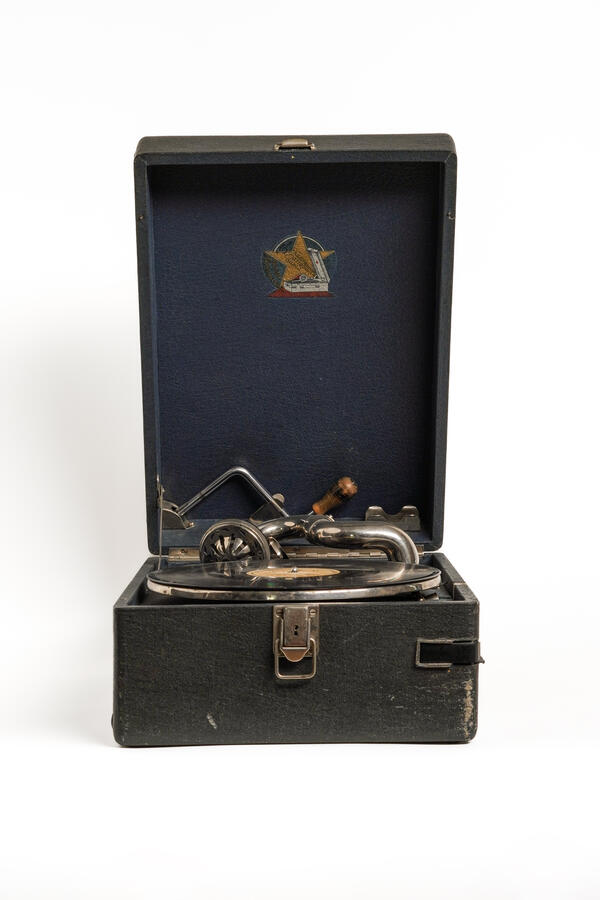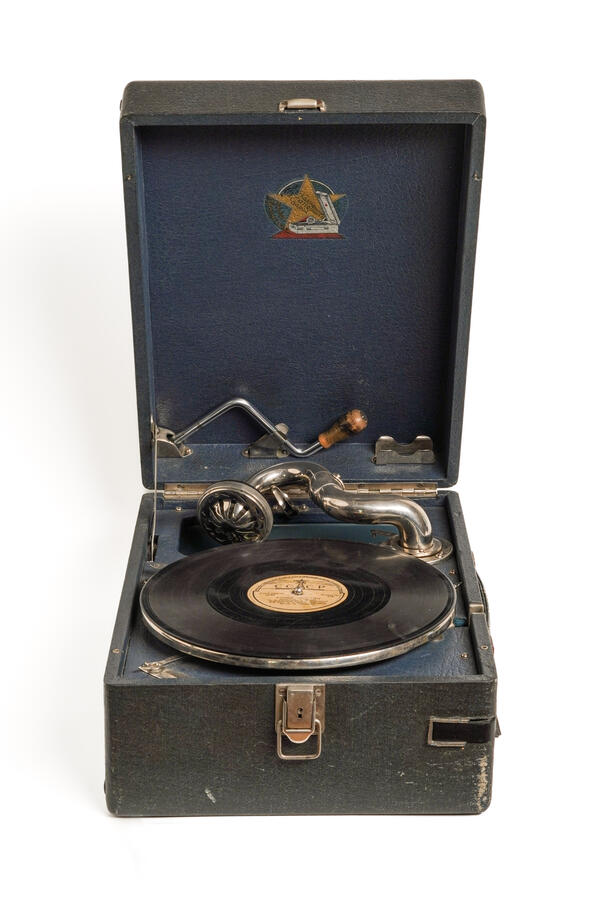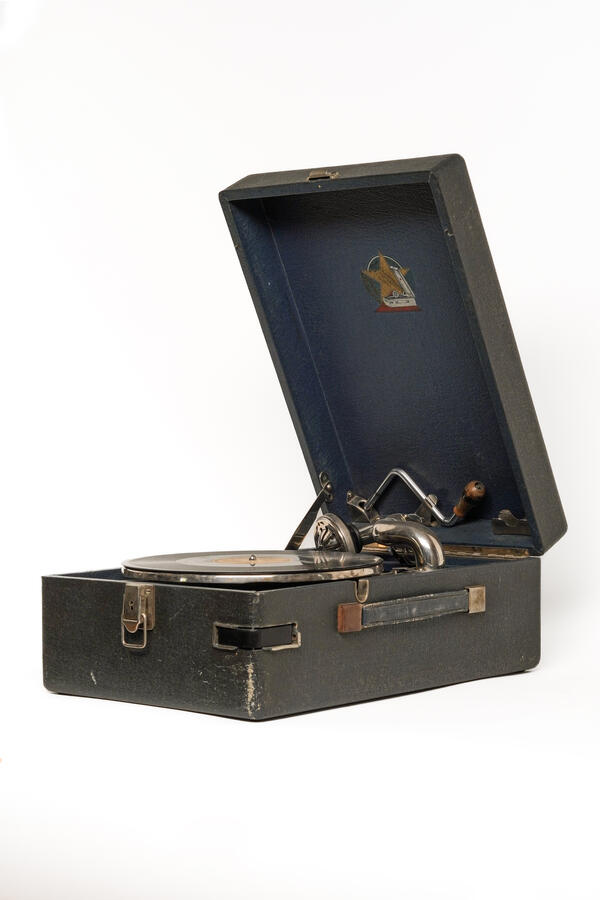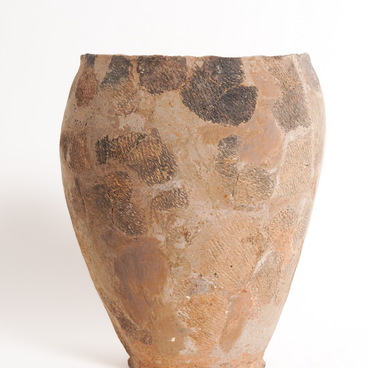The gramophone was a mechanical device for playing records. A spring motor was used as the drive and the sound was amplified by a bell. The soundbox consisted of a metal needle, which would often get blunted, and a membrane.
In 1931, the Kolomna portable gramophone factory was opened on the site of the Angileri textile factory (now the site of the “Textilmash” factory). In 1934, the enterprise started producing gramophones, and the capacity of the plant gradually reached 1000 pieces per day. The Kolomna gramophone became part of people’s everyday life and one of the symbols of new life: for example, in 1935 Chairman of the Central Executive Committee Petrovsky presented Nikolay Ostrovsky, the author of the novel “How the Steel Was Tempered”, with the Order of Lenin and a Kolomna gramophone as a gift. When the war broke out and the whole country was working for the war effort and the victory, the Kolomna gramophone factory, which had been put on war footing, continued to manufacture gramophones. Everyone understood that music was a man’s tool, both at the war front and on the home front. Alexander Tvardovsky wrote,
In 1931, the Kolomna portable gramophone factory was opened on the site of the Angileri textile factory (now the site of the “Textilmash” factory). In 1934, the enterprise started producing gramophones, and the capacity of the plant gradually reached 1000 pieces per day. The Kolomna gramophone became part of people’s everyday life and one of the symbols of new life: for example, in 1935 Chairman of the Central Executive Committee Petrovsky presented Nikolay Ostrovsky, the author of the novel “How the Steel Was Tempered”, with the Order of Lenin and a Kolomna gramophone as a gift. When the war broke out and the whole country was working for the war effort and the victory, the Kolomna gramophone factory, which had been put on war footing, continued to manufacture gramophones. Everyone understood that music was a man’s tool, both at the war front and on the home front. Alexander Tvardovsky wrote,






